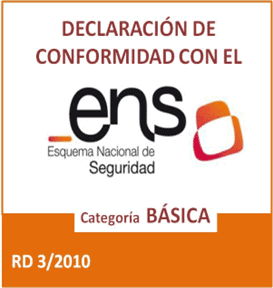As a remote meter reading project manager, I would like to highlight Nexmachina's excellent performance in working with us over the years: a robust LoRaWAN network, reliable coverage in a variety of environments, agile implementation, and proactive support. Its integration with our remote meter reading platform and best cybersecurity practices have provided operational efficiency, scalability, and technical peace of mind. A strategic partner.
Cloud Platform
iQmenic
IoT platform for intelligent management of sensors, meters, and devices using wireless technologies and communications.
Cloud/on-premise platform and mobile app


- Software platform for managing sensor networks.
- Capture, monitoring, alerts and reports
- Respond to the challenge of finding an accessible solution to the IoT
- A simple and practical interface
- Configurable dashboard
- Defining alarm values
- Master of plans and physical zones
- Cloud desktop/mobile version: iOS and Android
- On Premise Version: installed on client servers
- White label version 100% customized for the client
Our Clients Speak
FAQs
What is LoRaWAN?
LoRaWAN is a wireless communication protocol designed for long-range, low-power networks. It is primarily used in Internet of Things (IoT) projects, where thousands of sensors and devices send small amounts of data over very long distances with minimal battery consumption. It is ideal for applications such as smart cities, resource management, precision agriculture, and industrial monitoring.institutions and organizations.
What is an IoT platform?
An IoT platform is a system that connects, manages, and analyzes data from smart devices and sensors. It allows real-time information to be integrated, processed, and converted into useful knowledge for decision-making. Through an IoT platform, companies can centrally monitor assets, automate processes, and optimize the efficiency of their operations.
What is cloud and on-premise?
Cloud and on-premise are two technological deployment models.
- Cloud: Data and applications are hosted on external servers accessed via the Internet. It offers flexibility, scalability, and lower infrastructure costs.
- On premise: The systems are installed and managed directly on the company's own servers, providing greater control and security over information, although with greater investment in infrastructure and maintenance.
What are wireless technologies?
Wireless technologies are communication systems that transmit information without cables, using radio waves, infrared, or satellites. These technologies enable the connection of mobile devices, from mobile phones and Wi-Fi to IoT sensor networks such as LoRaWAN, NB-IoT, or LTE-M. Their use allows for flexibility, reduced installation costs, and more versatile connectivity for multiple sectors.
